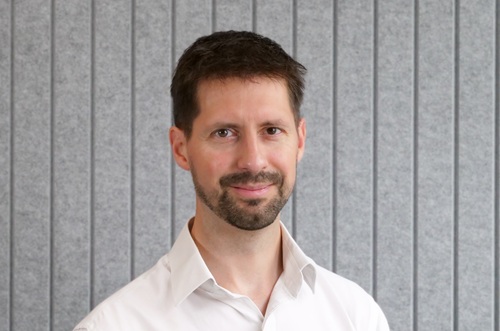While the UK’s current reputation abroad is far from its zenith, it’s good to know that, by and large, our safety performance remains the envy of the world.
Opinion
Be very careful not to lose what works
There are many reasons behind the UK’s relatively successful approach to safety – and in recent times, health – but much of what’s been achieved has followed our adoption of a tranche of EU health and safety law.
Since the 90s, the UK health and safety law has undergone numerous reviews, which some have fished for opportunities to deregulate. However, each review has simply bounced off of the health and safety laws that are based on EU Regulations and Directives.

EU ‘daughter’ Directives have led to a raft of UK health and safety rules.
With the prospect of some sort of Brexit, it seems only a matter of time before the deregulatory rule is run, once more, over UK health and safety law. At the time of writing, absolutely no one knows how Brexit will pan out, but what happens this year will determine the scope for regulatory change. While Brussels may require us to keep up with health and safety directives to secure an exit or trade deal, a ‘no deal’ scenario could give government far more deregulatory headroom. Whatever happens, any move towards deregulation will encounter more EU-based legislation than you can shake a suitably cork-tipped stick at.
For example, in construction, deregulatory debate is usually about the CDM Regulations, which are firmly based on the EU’s Temporary or Mobile Construction Sites Directive 1992 (TMCSD). But while CDM is crucially important, plenty of other EU-based law underpins health and safety requirements in this industry. In fact, the TMCSD is only one of nearly 20 ‘daughter’ directives brought in under the hugely important 1992 health and safety Framework Directive.
It was the ‘Framework’ Directive that led directly to the UK’s all-encompassing Management of Health and Safety at Work Regulations 1999, and it’s these regulations – rather than CDM – that lead to most of the health and safety questions that construction suppliers have to answer to pre-qualify for work in construction. Industry initiatives such as Safety Schemes in Procurement, PAS 91 and the forthcoming Build UK-facilitated Common Assessment Standard all draw heavily on the Management Regulations.
Elsewhere, the other EU ‘daughter’ Directives have led to a raft of other UK health and safety rules, ranging from Noise and Vibration at Work to Manual Handling, Work at Height and PPE. To these we can add the Working Time Directive, which – lest we forget – was also framed by the European Commission as a health and safety directive. All this means that in construction, a discussion about deregulation will need to take a very broad view of health and safety law, and not just concentrate on CDM 2015.
In a highly respected, independent 2011 review of UK health and safety legislation, Professor Ragnar Löfstedt concluded – probably to the chagrin of arch deregulators everywhere – that “many requirements that originate from the EU have contributed to improved health and safety outcomes”.
Over the last 20 years, the overall safety performance of mainstream construction has improved significantly. It’s been a difficult path, but the legal backdrop has not just been the HSW Act – it’s also been a raft of EU-based health and safety law.
If and when the health and safety regulations come under further scrutiny, we should be very careful not to lose what works. We will continue to need enabling regulations that set the benchmark for what’s expected from everyone who operates not just in the construction industry, but beyond.
OPINION

Safety in motion: protecting the people who move the world
By Mike Robinson FCA on 13 November 2025
Transport keeps our world connected. Every product on every shelf, each commuter journey, flight or freight delivery depends on the people who move the world: the drivers, pilots, mechanics, dispatchers, engineers, and logistics specialists.

Work-related road risk – steering clear of danger
By Ben Pepper, CL Medilaw on 19 November 2025
Each day across the UK, millions of employees take to the roads as part of their working lives. Whether delivering parcels, attending client meetings or riding bicycles between jobs, road use plays a vital role in keeping businesses going. While the general health and safety landscape has evolved significantly over recent decades, work-related road risk (‘WRRR’) remains an area that is too often overlooked by employers.

It is time to end the lottery of asbestos compensation
By Daniel Easton, Association of Personal Injury Lawyers on 13 November 2025
A legal anomaly that makes it more difficult for sufferers of asbestos-related lung cancer to obtain compensation than people who have developed mesothelioma means large numbers of people are dying before receiving full compensation that could prove vital in the final months of their lives.



